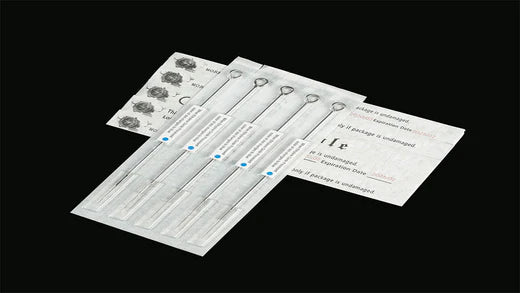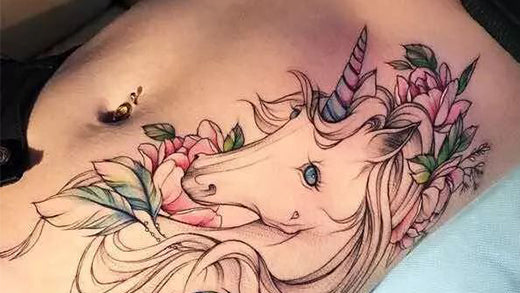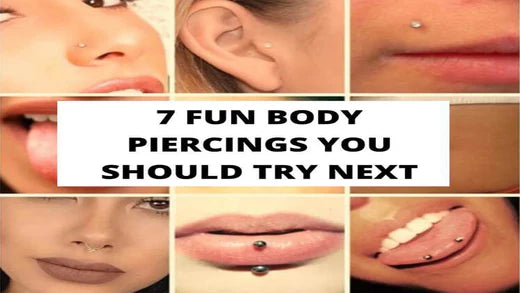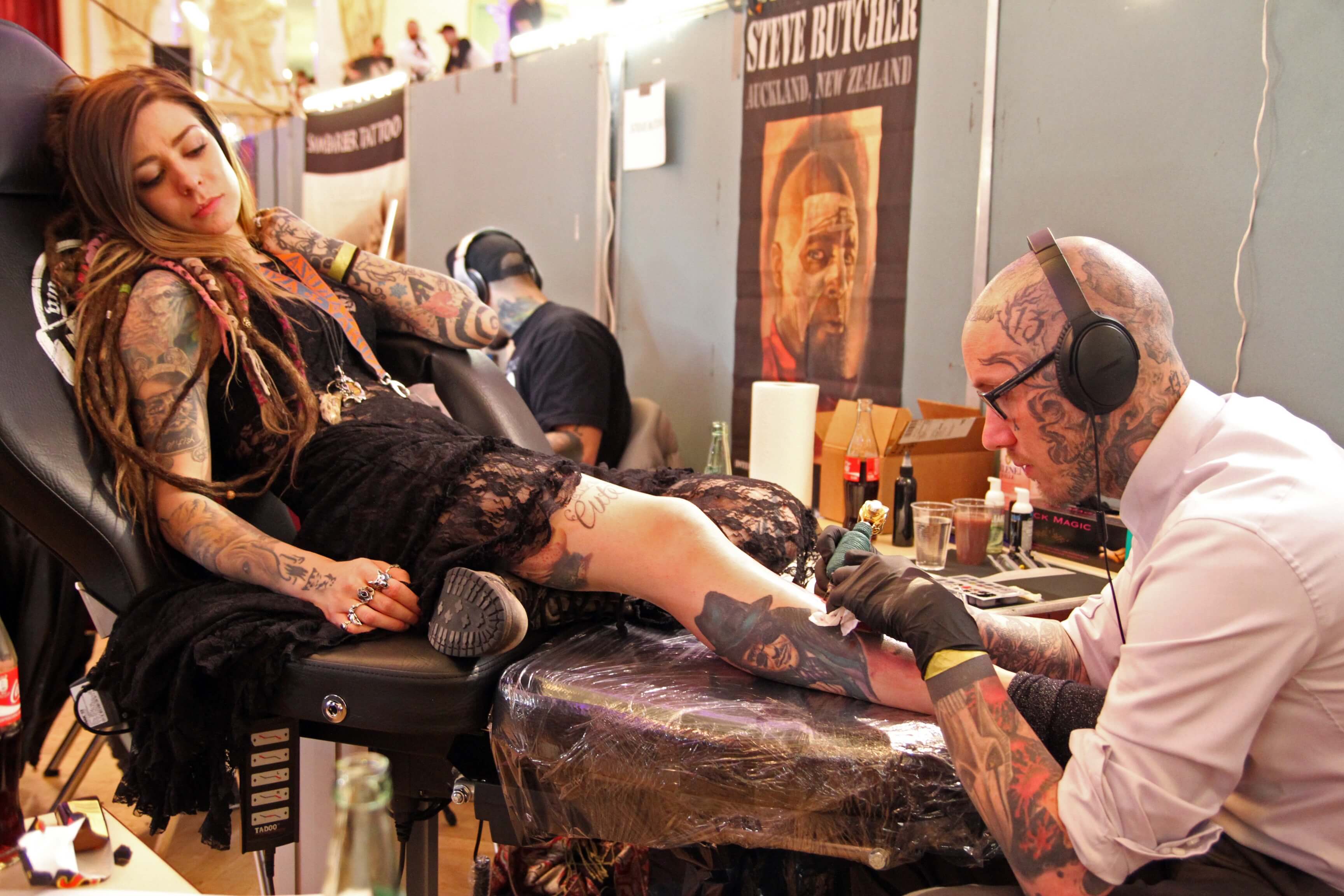As a tattoo supply seller, I usually receive many messages from tattoo artists, especially new tattoo artists, asking me, "which needle sizes should I pick up?" Now, let me discuss needle knowledge.
Tattoo needle-type differentiation
For example 1211M1 12 is representing the steel wire thickness. The steel wire thickness has three modes, which are 08, 10 and 12. The 08 steel wire corresponds to 0.25 thickness, the ten steel wire corresponds to 0.30 thickness, and the 12 steel wire corresponds to 0.35 thickness. Except for the three modes, there is 0.40 in the tattoo market. Suppose the steel thickness is too coarse, and difficult to pin welding. If the steel thickness is too thin, the needle material is easy to bend when working. 11 means the number of needles. M1 means the needle tip arrangement. The wormhole tattoo needle has different modes: RL, RS, RM, F, M1, and M2.RL: ROUND circular, all stitches together in the middle. RS: Opposite of RL. RM: Crossed with an arc, also known as a circular needle. F: All pin roots at one point, parallel. M1: Forked rows of needles. M2: Double row of needles. A double row of hands with the same number of stitches is half the width of a forked row of needles.In the field of the tattoo market, there are many shaped needles. Some are angled stitches from the M1 variation. The roots are crossed open, also called hollow needles. There are also 3-row needles with multiple forks in a row, evolving from the M2. But these are immature products and not mainstream. The sketching needle has a thin tip and a more extended point. This technique of sketching is more often used on the figure. A delicate approach is required, and the needle enters the skin with marks and pinholes. The difference between the wires is small but still visible. So for this sketching technique, the hand is required to be okay; the work is soft and the smaller the pinhole, the better. You can't tell a sketching needle by the thickness of the wire alone, and the yellow 08 model is not always a sketching needle. To distinguish between sketching needles, you have to look at the thickness of the wire, the length of the needle tip, and the hand's thickness.




